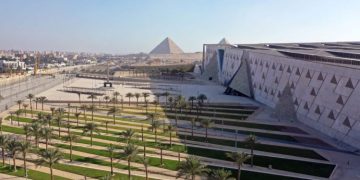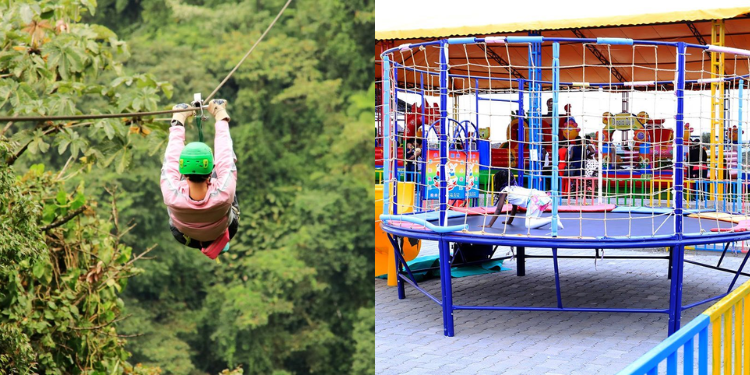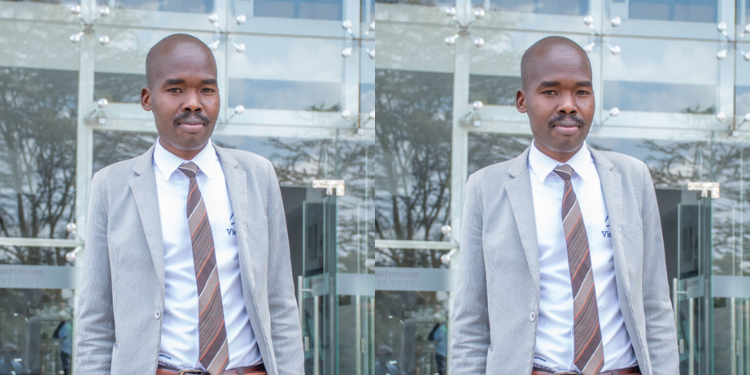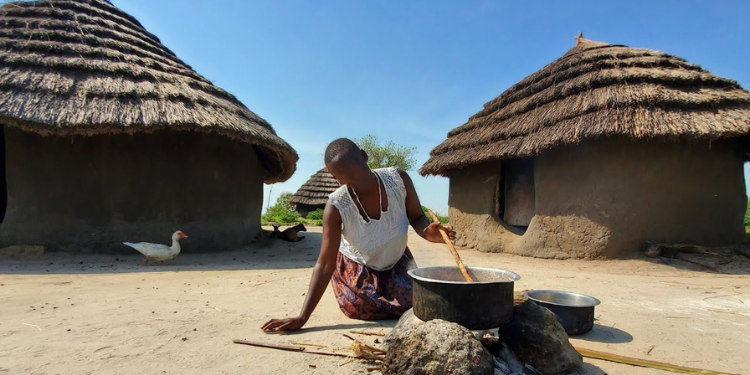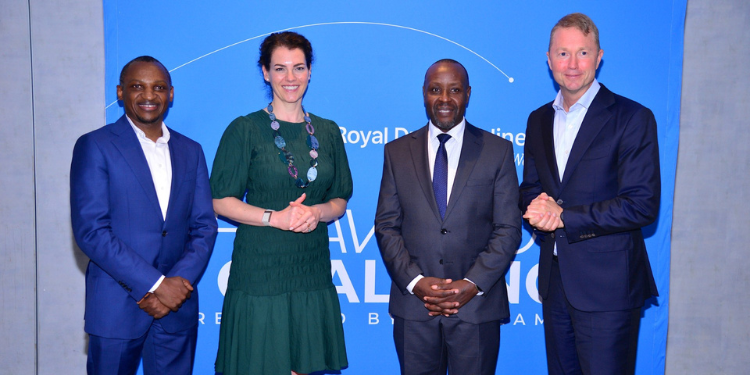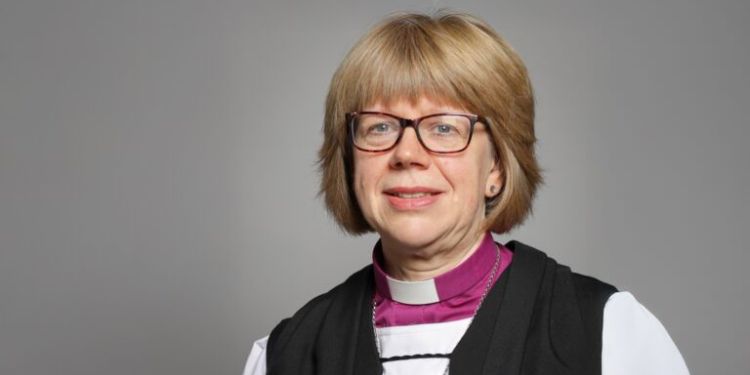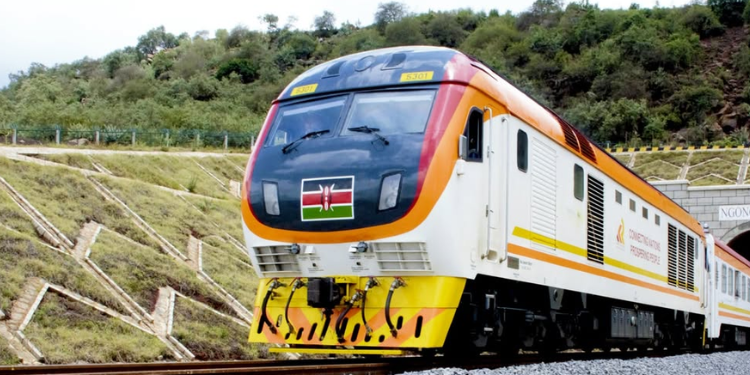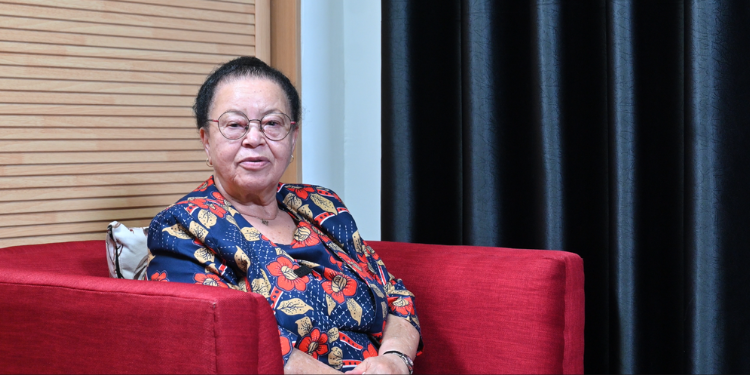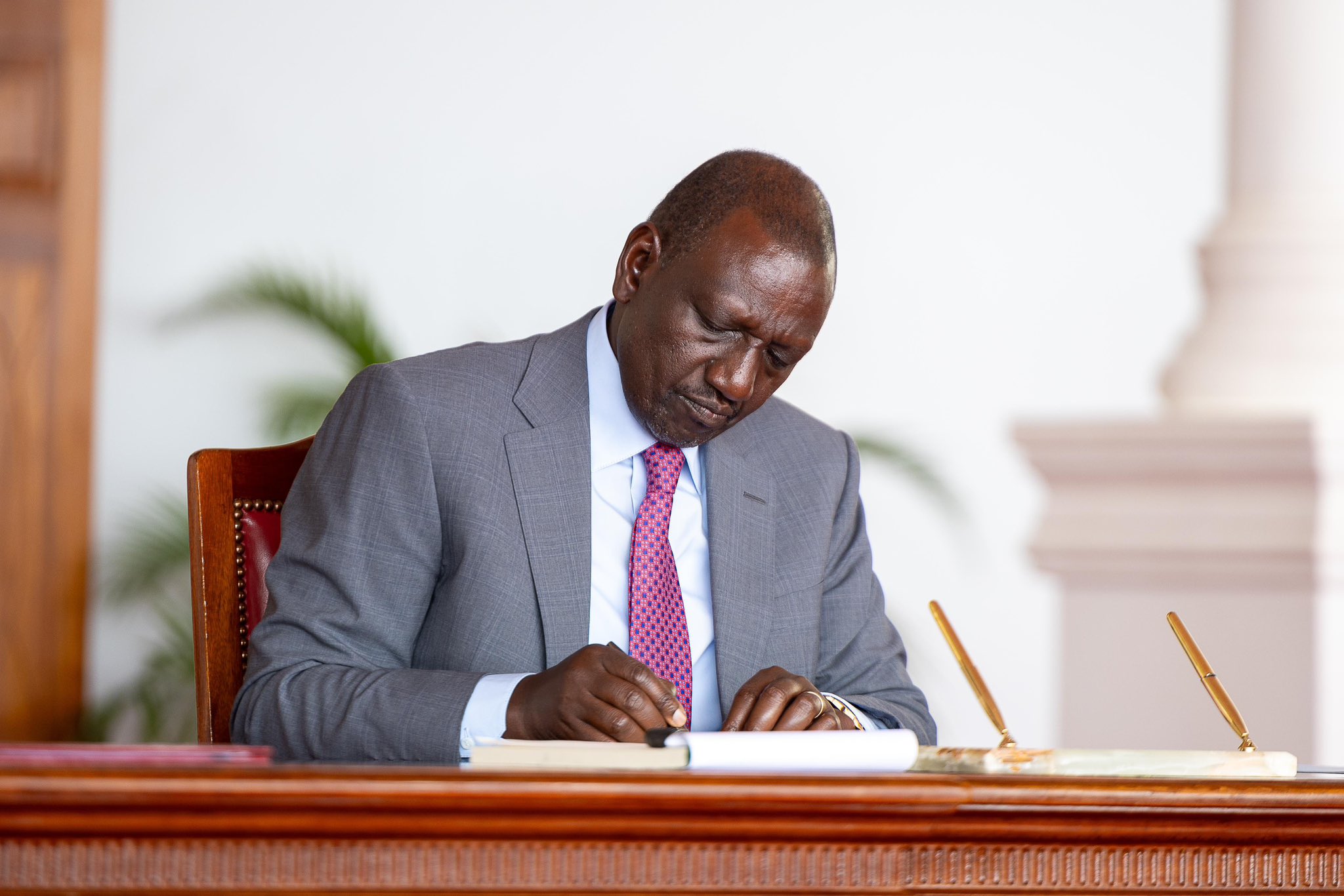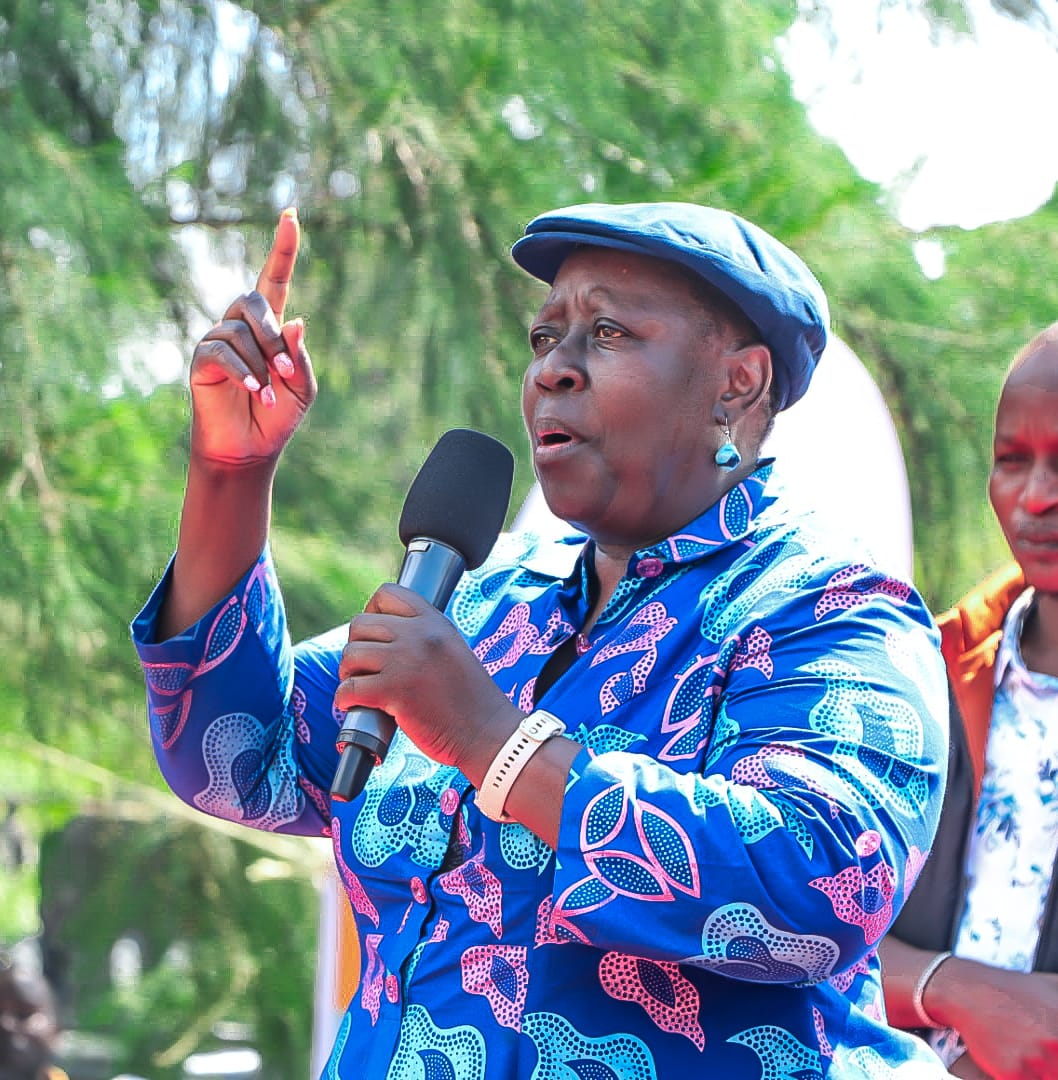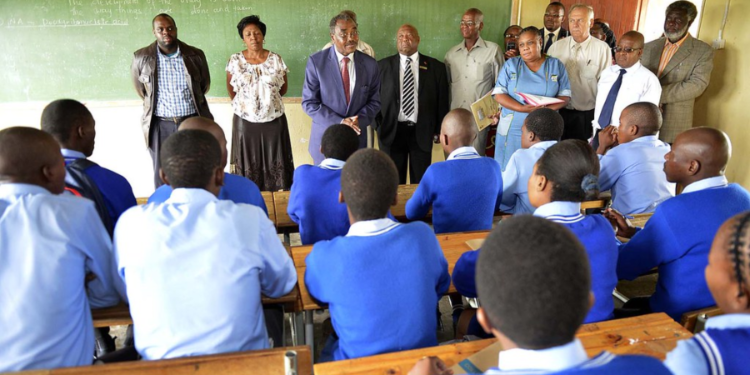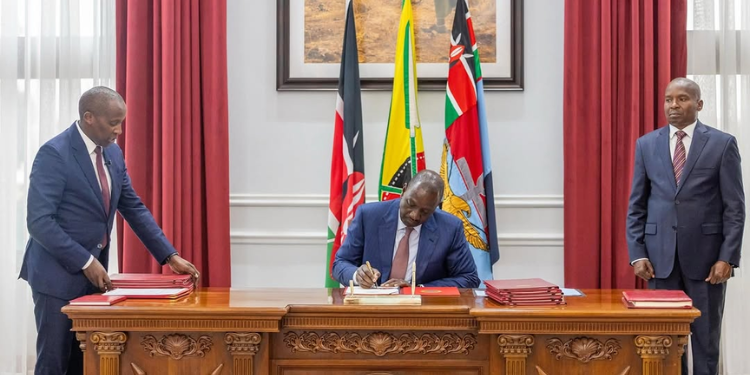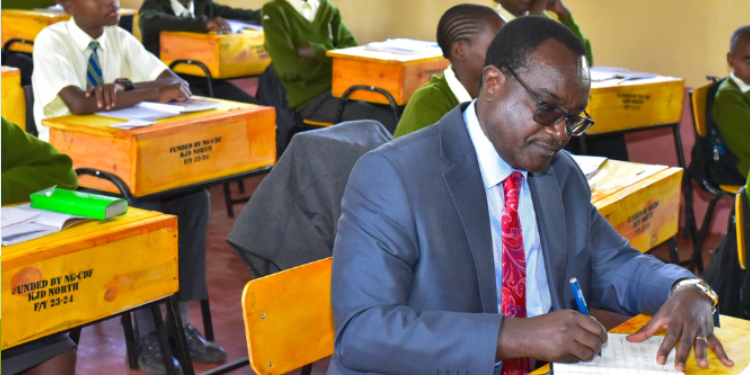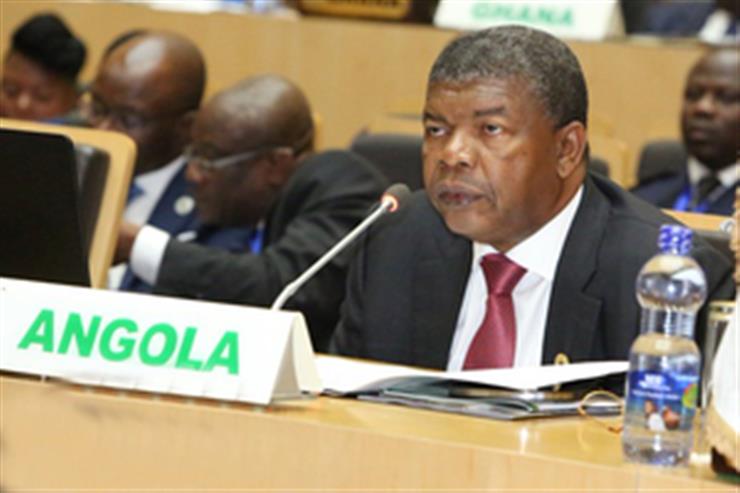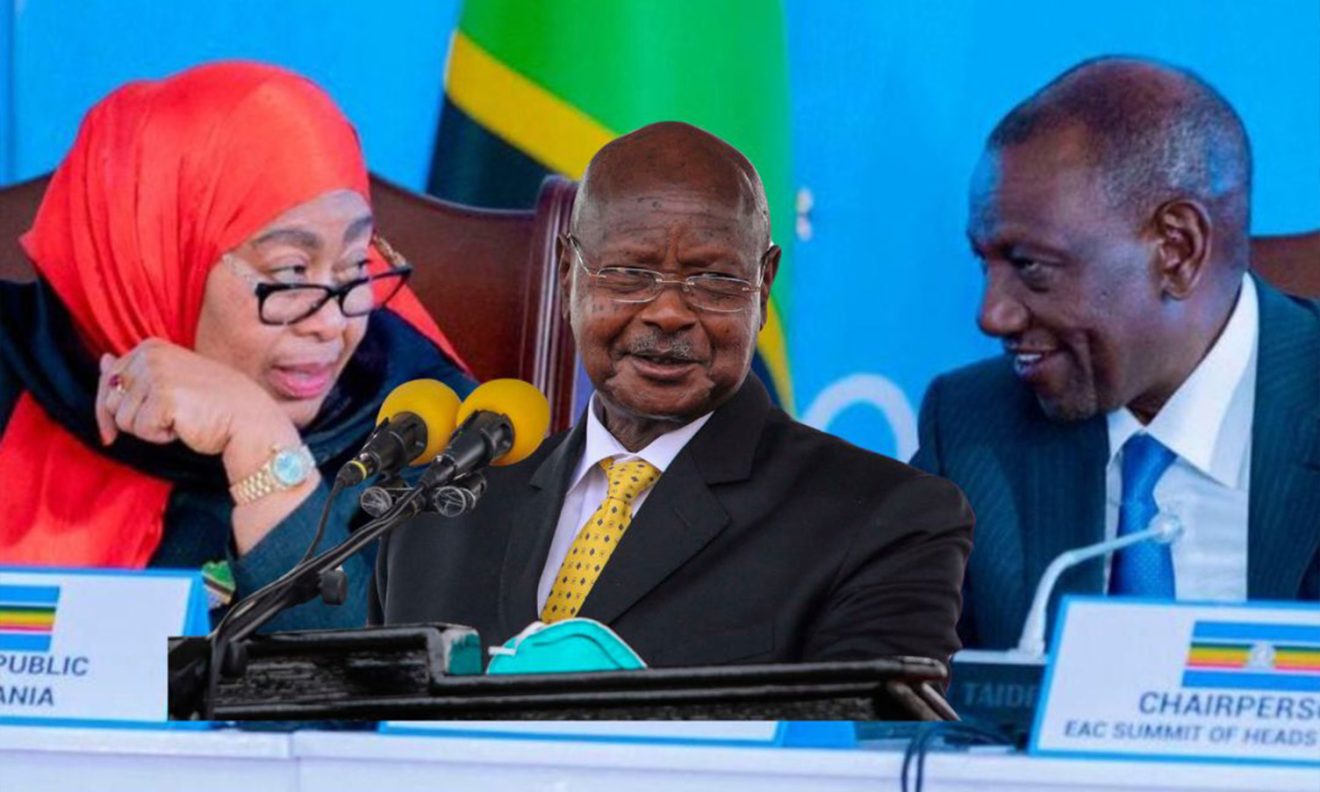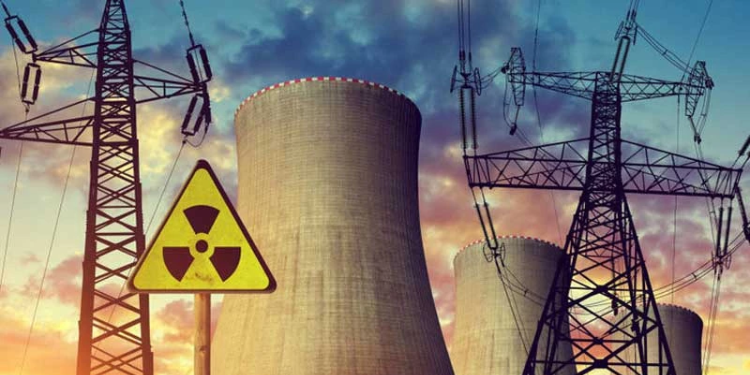When Uganda signed a 26-month contract with Korea Hydro & Nuclear Power (KHNP) in May 2025, most of the continent saw it as just another stride in East Africa’s energy future. What many may have missed, however, is how that moment also opened the door to something even more transformative that has decades worth of momentum propelling it. This is, of course, regional integration & cooperation.
Uganda’s project has set the slightly lofty goal of getting 8,400 MWe worth of nuclear capacity by 2040. Kenya currently has a long-standing conservative goal of 1,000 MWe by 2035.
Kenya’s quiet shift from Kilifi toward Siaya offers a strategic advantage to the East African Community aspirations and thus is a logical step informed by basic economics.
At a time when the region’s energy needs are exploding amid pressures from climate change mitigation straitjackets, both countries have the opportunity to take the bold action of pursuing nuclear power projects together with active collaboration between Kenya’s Nuclear Power & Energy Agency (NuPEA), Uganda’s Ministry of Energy & Mineral Development (MEMD) & the African Commission on Nuclear Energy (AFCONE).
Siaya has several things going for it: stable bedrock geology & access to transmission corridors linking Western Kenya to Uganda.
Add in the recent display of political will, the need for infrastructure stimulus, & growing cross-border energy trade & you begin to see an opportunity for regional integration that, given the African Union’s Agenda 2063, & the United Nation’s (UN) Sustainable Development Goals (SDGs) is too important to ignore.
Uganda Nuclear Power Feasibility Study
Uganda started feasibility studies in 2016, secured land & committed to international standards by involving the IAEA & global vendors like KHNP, KEPCO E&C, & Dohwa Engineering.
Importantly, it has committed to local participation, earmarking 30% of the work for local firms. Why should Kenya duplicate this from scratch when it could integrate & compliment?
A four-reactor cluster in Siaya, built in synergy with Uganda’s Buyende plant, could serve as the backbone of a shared power corridor.
This corridor would supply stable, low-carbon electricity to Western Kenya, Northern Uganda, Rwanda, & parts of Tanzania.
It would also form the foundation for a new kind of industrial synergy that will be anchored in 24/7 energy security.
Also Read: Protests as Residents Oppose Ksh500 Billion Nuclear Plant in Kenya
Benefits Beyond the Production of Electricity
Such a megaproject would unlock high-capacity digital infrastructure, all converging in one of East Africa’s most underutilized high economic potential regions.
We are seeing this kind of transformation in Eldabaa, Egypt, as the first of the four Russian-supplied VVERs enters pre-commissioning stress testing.
The Siaya–Buyende nuclear corridor also makes political sense. Kenya & Uganda already share electricity through regional power pools & have frameworks for joint infrastructure development like the Standard Gauge Railway (SGR).
By synchronizing, we present a stronger case to global lenders.
Also Read: Nuclear Power in Kenya: Balancing Progress, Promises and Public Interest
Most importantly, a regional project will avoid the First of a Kind (FOAK) trap that has paralysed proceedings in the UK & France, where 2 European Pressurized Reactors (EPRs) are decades behind schedule & billions of euros in the red.
A nuclear corridor peppered with Korean-designed APR1400s also provides confidence. As shown in Kilifi, myths drawn from cartoons like The Sympsons, make nuclear technology a potential source of ignorance and dogma.
With such coordination comes the powerful signal that East Africa is not just copy-pasting trends when it comes to clean, safe & practically renewable power options. East Africa is also shaping them.
Challenges Kenya will Face and Solutions
Of course, the challenges are real. Site evaluation will take time & given the different legal skeleton upon which the pith & substance of regulations will be assembled, licensing must be rigorous & transparent.
Both countries will need to strengthen their regulatory architecture & deepen public dialogue, especially with the host communities.
KHNP’s track record, most notably the $20 billion Barakah project in the UAE, which was successfully delivered despite COVID, demonstrates what is possible when ambition meets capability. What is required from our side is not just technical cooperation, but also political courage.
Let us show the world that the East African Community isn’t held together using cello tape, is not just about trade deals & road projects, but also about a shared energy future, joint power security, & regional strategic independence.
Follow our WhatsApp Channel and X Account for real-time news updates.


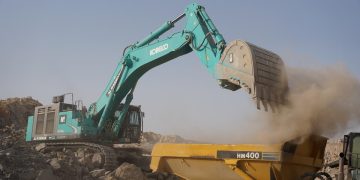
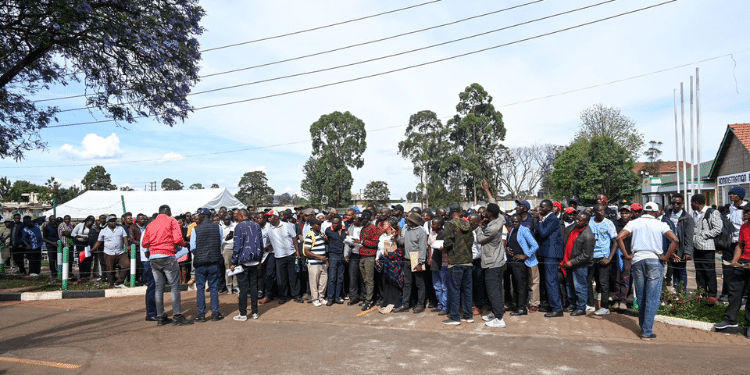
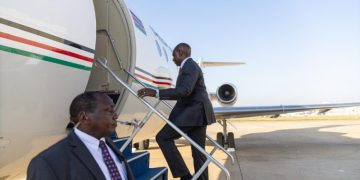
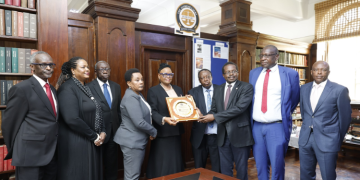

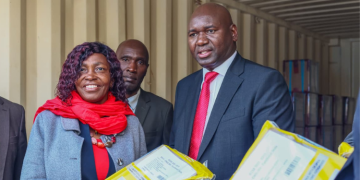
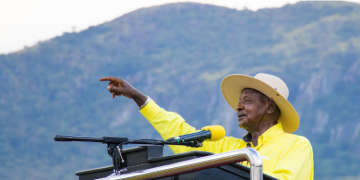





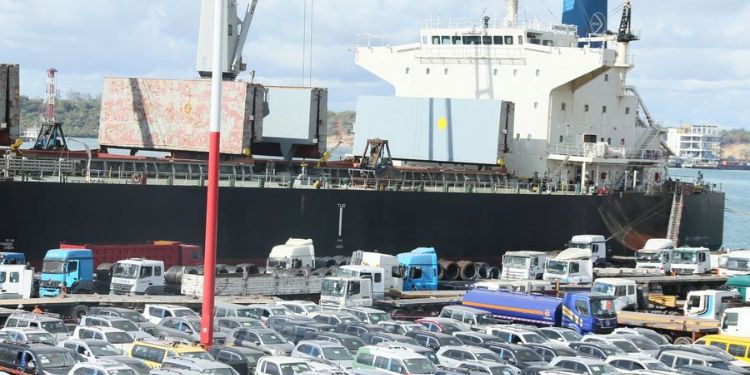

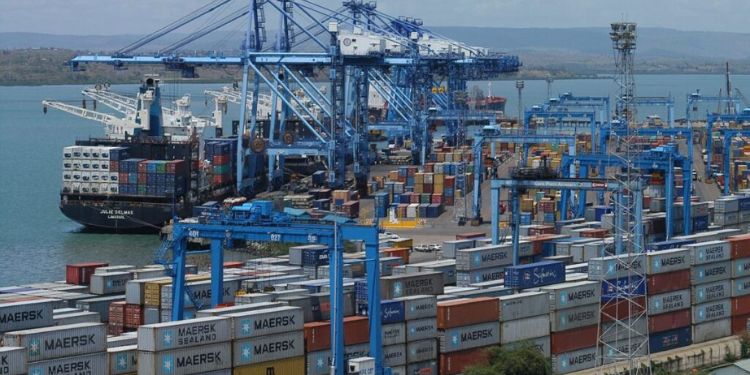
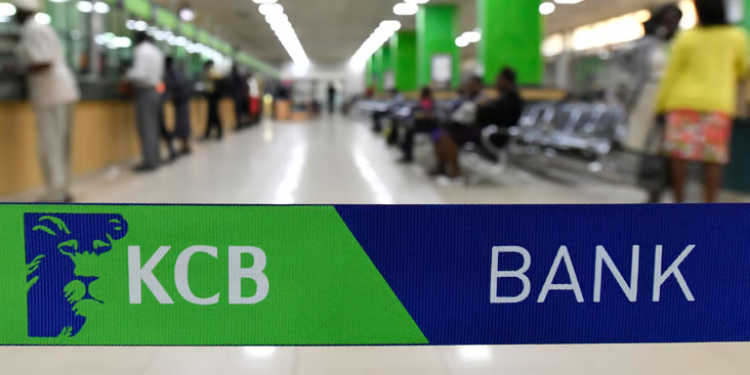

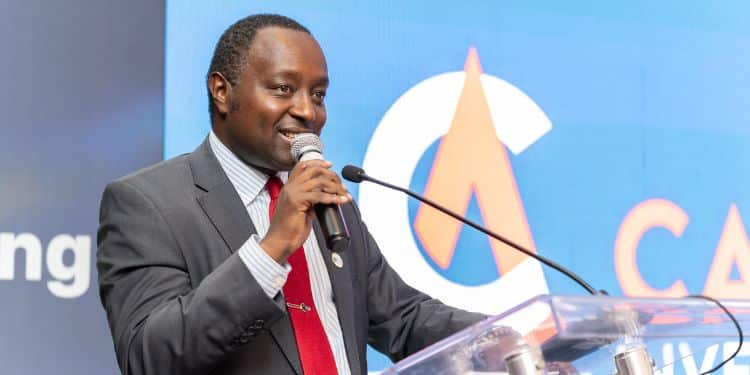
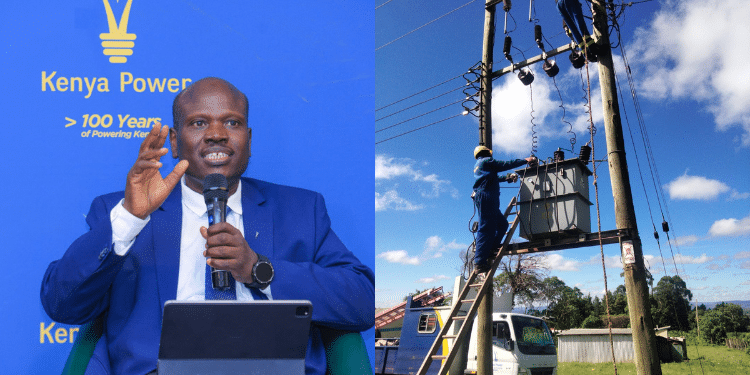
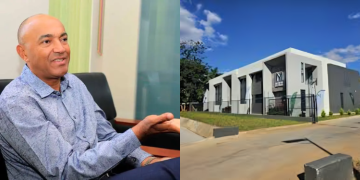

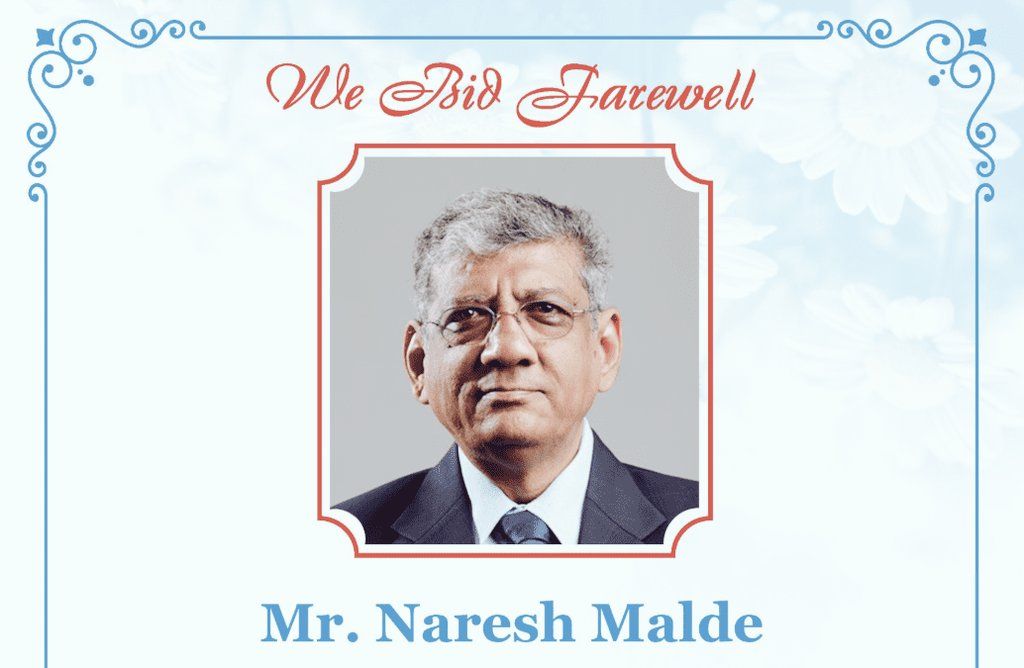
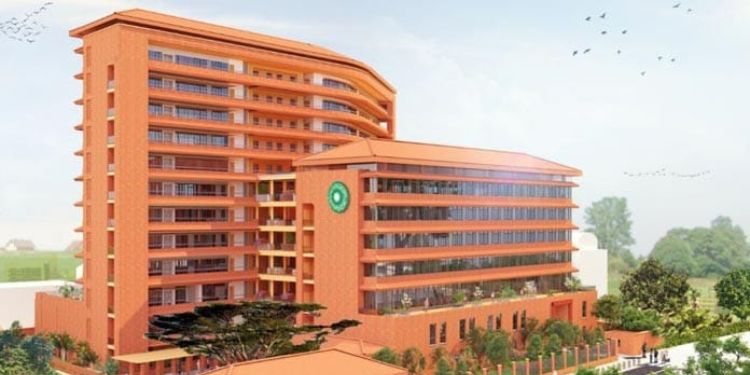
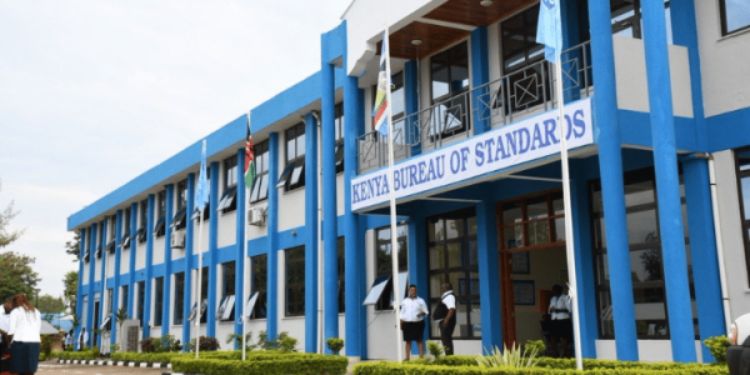
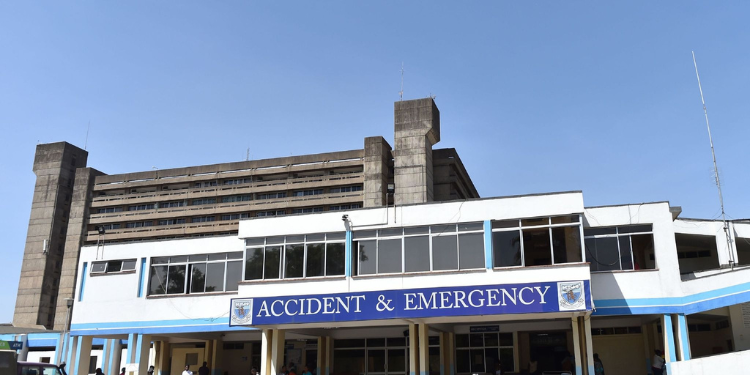

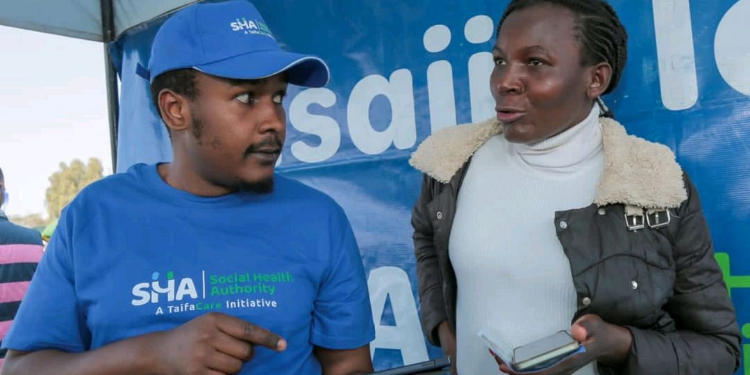
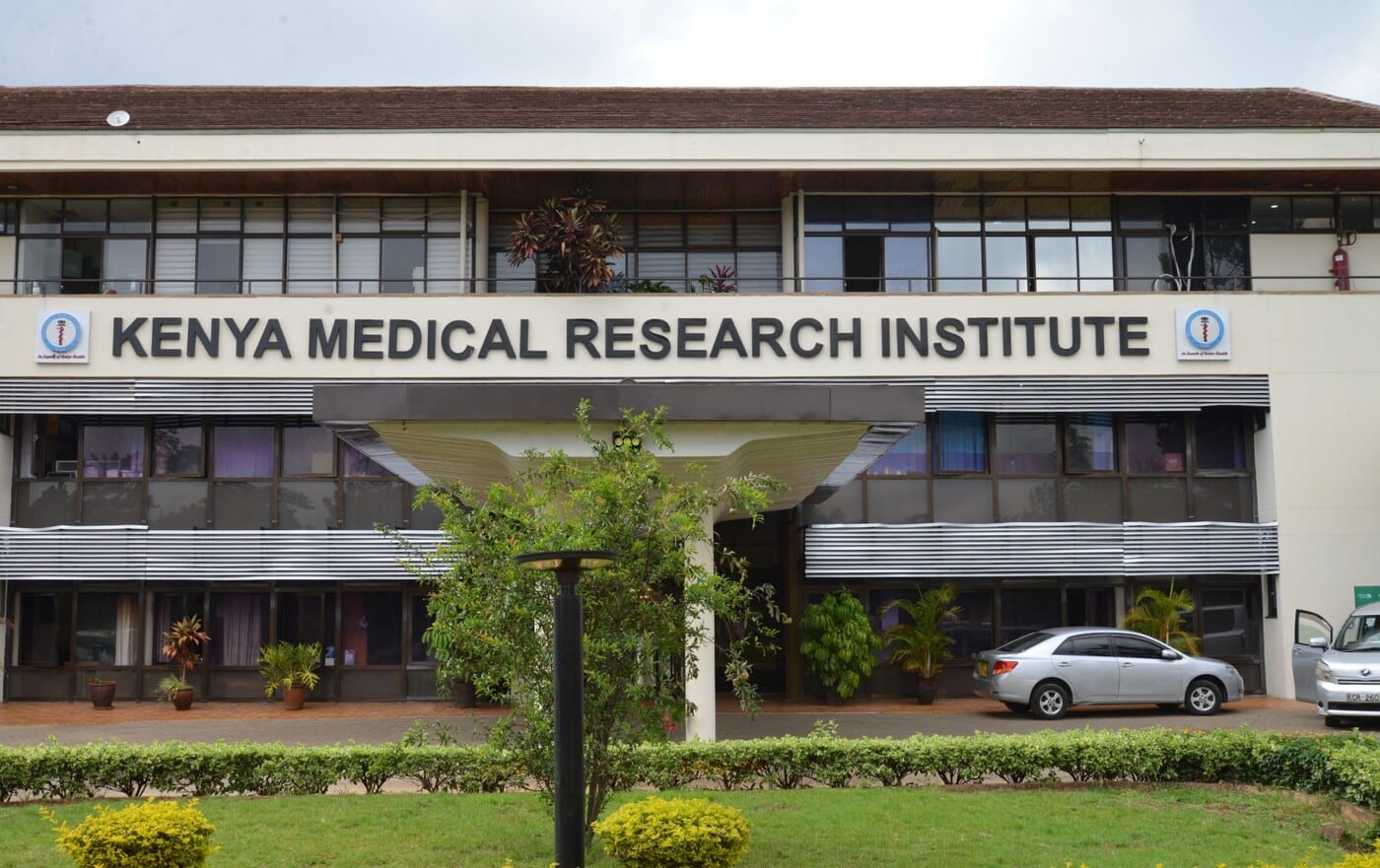
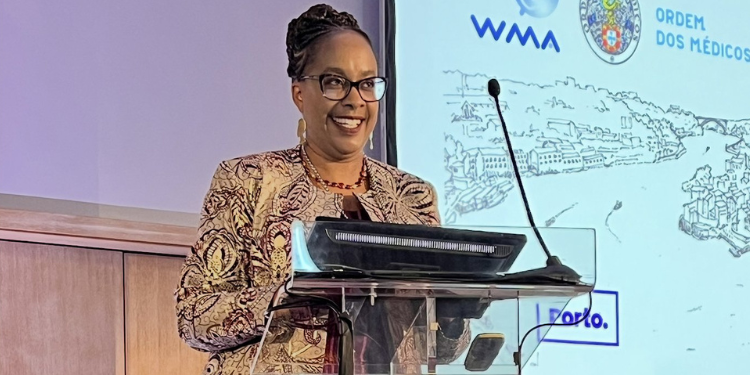
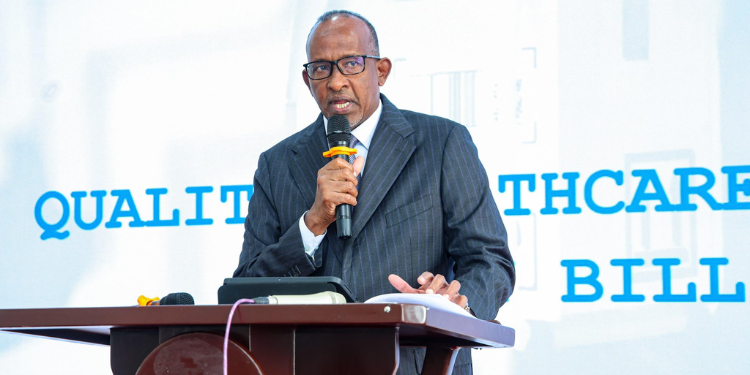
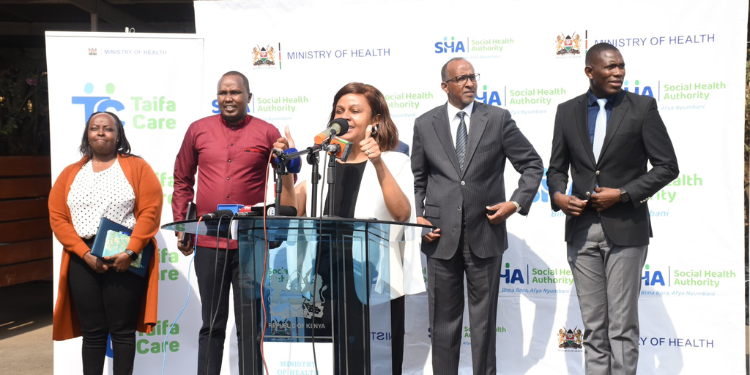


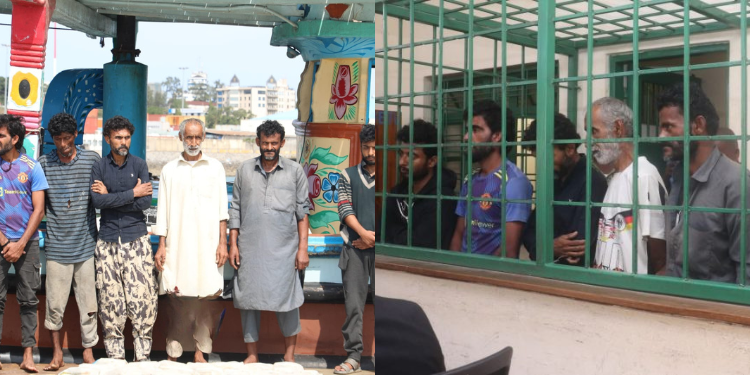
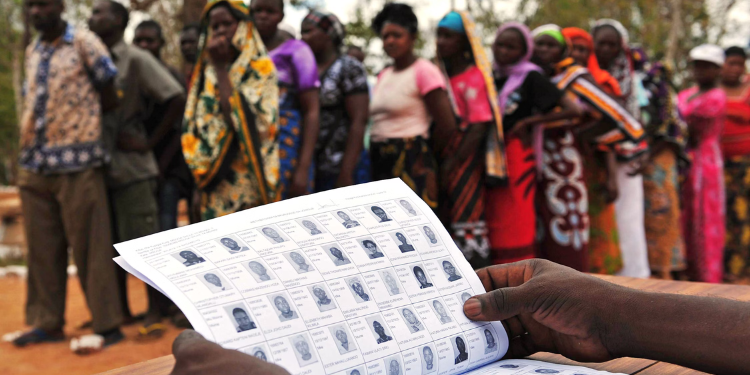

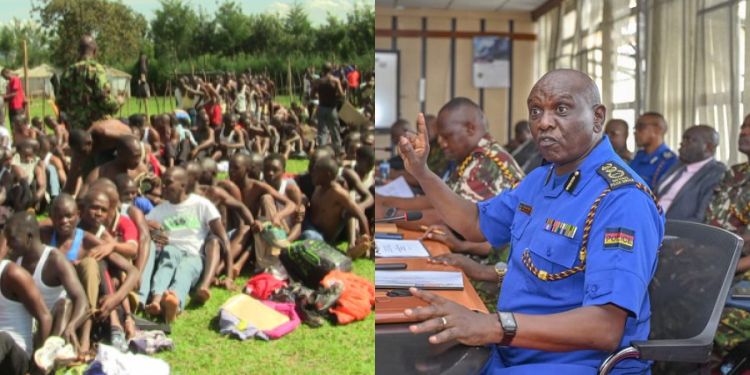
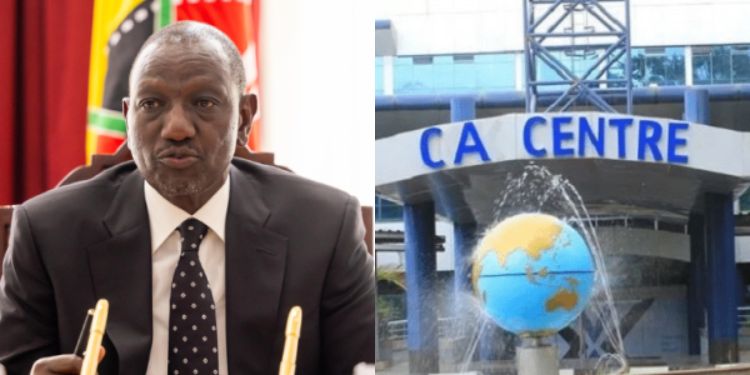
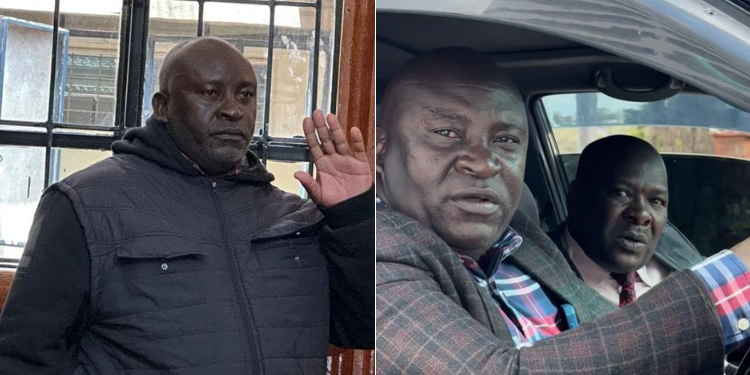









![Senator Allan Chesang And Chanelle Kittony Wed In A Colourful Ceremony [Photos] Trans Nzoia Senator Allan Chesang With Channelle Kittony/Oscar Sudi]( https://thekenyatimescdn-ese7d3e7ghdnbfa9.z01.azurefd.net/prodimages/uploads/2025/11/Trans-Nzoia-Senator-Allan-Chesang-with-Channelle-KittonyOscar-Sudi-360x180.png)
